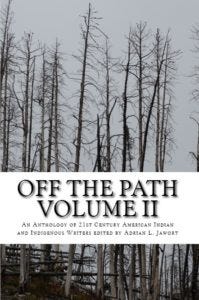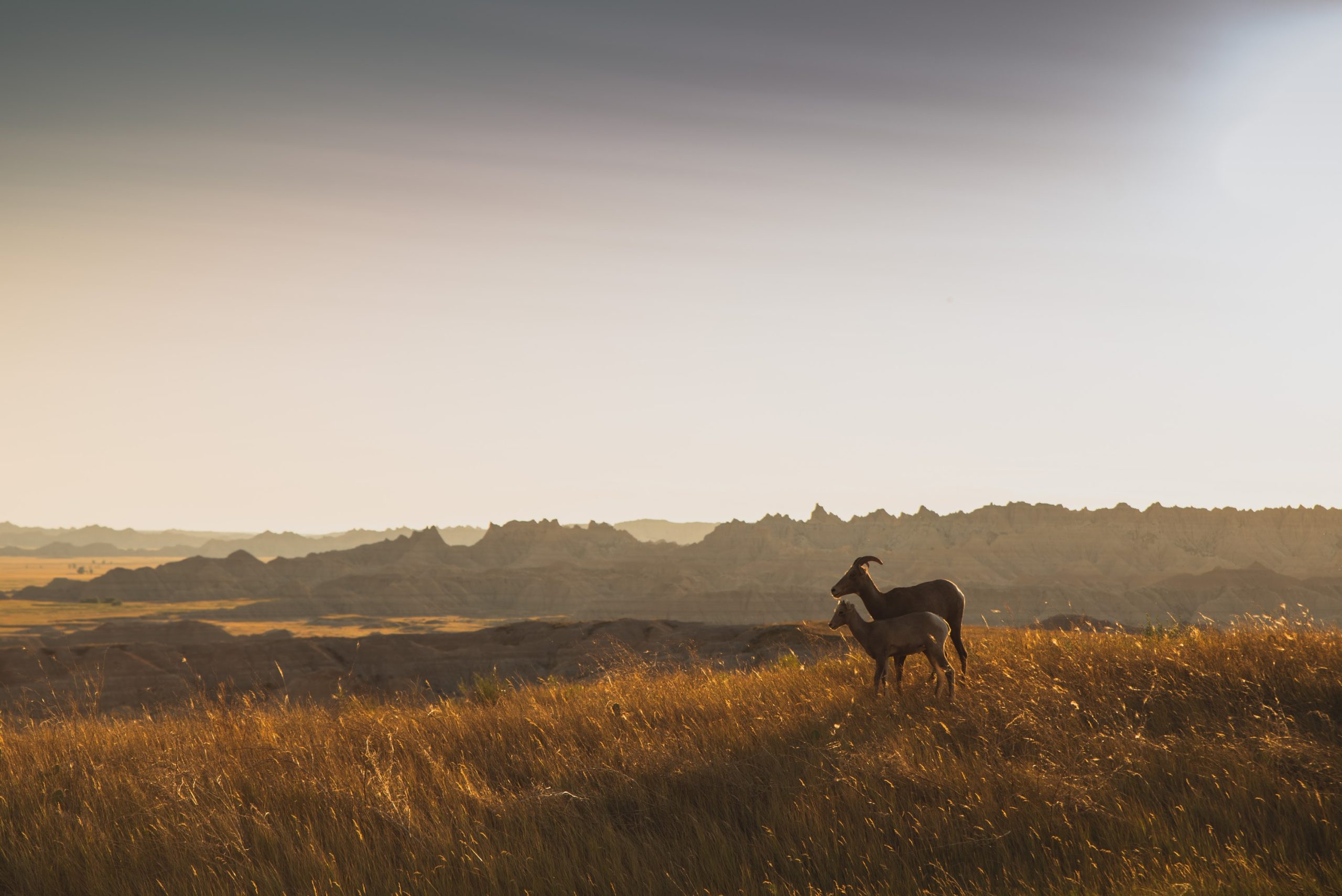essays
Native American and Indigenous Lit Forge New Trails

Eighty-three hundred miles away from the Billings, Montana-based indie Off the Pass Press and over across the Pacific Ocean to The Land Down Under and settled in the heart of downtown Sydney, Australia, lies a popular haven called Abbey’s Bookshop. On the nonfiction section shelf next to a book about NSA whistleblower Eric Snowden by award-winning journalist Luke Harding rest copies of a book called 8 Women: Pure Platinum People, by K.M. Harris, a Maori woman author from New Zealand.
Off the Pass Press was the publisher of Harris’s debut first person narrative and gonzo-styled work where she gave observations and a non-judgmental voice to — among other interesting people — various women working in Sydney’s sex industry.
I first approached Harris last year around the time me and a few other Montana Native American writers had just put out a book called Off the Path: An Anthology of 21st Century Montana American Indian Writers Vol. 1. Although that book has been highly praised — particularly for the unapologetically blunt, highly original, and dark storytelling — its uniqueness also lies in the fact that, as far as I know, there has never been an anthology of all-original, straight fiction works written solely by American Indians.
As far as I know, there has never been an anthology of all-original, straight fiction works written solely by American Indians.
Certainly, Native-based anthologies have been made, but those oft include a lot of poetry or samples of previously published works from the famous Native American Renaissance writers of the late ’60s–’80s. Since Off the Path Vol. I writers were in their twenties and thirties, our experiences not only differed generation-wise, but so did the nuances of us being various Northern Plains Montanan tribes (barring the late Blackfeet writer James Welch who is mentioned in the prologue as an inspiration).
For Volume II, I wanted indigenous writers included from across the U.S. and wherever else younger “21st century” indigenous writers might be. Certainly, I wanted to see if any up and coming Maori writers were willing to contribute, as I’d come across references to their culture via a Kiwi/New Zealand friend who worked at the Native American Studies Department at the University of Montana. And a few years earlier I’d interviewed a Stanford graduate from my own Northern Cheyenne tribe who had traveled back and forth from New Zealand, making her secondary homeland amongst the Maori people.

“They’re just like Natives here in that they’re very family-oriented,” she told me. “Tribalism is very much alive and well over there, and they have language programs to keep their culture thriving and alive.”
Through the powerful God-like tool that is the internet I came across the passionately driven Harris. She was very excitable and eager to communicate with Native Americans from “the States,” especially after reading Volume I and counting herself a major fan of our work — particularly of Northern Cheyenne and Dartmouth graduate Cinnamon Spear, a writer whose powerful work has the ability to cause just about anyone to wipe away tears.
Although it wasn’t a guarantee she’d be published in Off the Path II, An Anthology of American Indian and Indigenous Writers, I gave Harris and other possible contributors deadlines and said you know the sort of “beautifully bleak” work I prefer so give me your best, and that she did in a fascinating short story called “The Recruit.” It details, among other surprising subplots, the death of a young woman who joined the proud New Zealand Army that incorporates Maori fighting instincts and traditions. A young narrator speaks of her deceased sister:
Surrendering, my heart surrenders to the aching stabs inside my chest. The punctures cause my rain to pour, charging the static storm in my head and I am a mess in this weather of ‘whether.’ Whether I cry or pray, it’s not going to bring her back and whether I gamble with the Devil to resurrect her soul, it’s still not going to bring her back.
Beautifully bleak, indeed.
Off the Path Vol. I began with a Sherman Alexie’s preface quote, “I write in blood because I remember what it felt like to bleed,” foreshadowing an array of oft tragic stories that transported readers into the lives of American Indian people amidst their modern day struggles and conflicts away from the tourist hot spots, pow wow celebrations, and historical caricatures that most often represent us to a mainstream western world that usually barely recognizes us through eyes of a whitewashed history that views our own narrative as inconvenient.
For example, after the Indian Wars effectively ended in the late 19th century, Native children who dared speak the languages first heard across this land were severely reprimanded and beaten in the boarding schools they were forced to attend far away from their homelands.
Storytelling reignited the fire that colonization tried to extinguish.
“Kill the Indian, save the man,” a phrase coined by Richard Henry Pratt of the infamous Carlisle Indian School in Pennsylvania, became a de facto motto for all boarding schools as tribal children were taught to be ashamed of who they were and where they came from. “Let all that is Indian within you die!” said Rev. J.A. Lippincott at a Carlisle commencement address. Students were told they could never become “truly American … until the Indian within you is dead.”
But through it all and under the scarred ashes of their collective histories, a fierce, resistant, and proud spirit remained smoldering. Elders told stories that would carry on tribal traditions and history. In fact, storytelling is what kept Natives proud even as Western Civilization attempted to drill into them the notion that they were inferior. Storytelling reignited the fire that colonization tried to extinguish.
Then, as more Natives learned to write, we were able to relate on a personal level with other indigenous peoples who we otherwise might not have ever come across. From South to North America on over to the islands in the Pacific, from Hawaii to New Zealand and Australia, we can now relate to other indigenous people on a base level as stories and struggles are shared.
Among those Off the Path II writers who were eager to share stories with other indigenous people was Hawaiian Kristiana Kahakauwila. She was selected for the Barnes and Noble’s Discover Great New Writers program for her realistic portrayals in her book of short stories about Hawaiian Natives away from the tourist hotspots, This is Paradise.
The young Australia-based writer Ellen van Neerven had won national awards for her debut book of short stories, Heat and Light, and had already been editing and promoting fellow Aboriginal works. When approached about Off the Path II she was eager to contribute to our international collection.
We know we are not alone, and we know we are similar not only because of the discrimination and hardships we’ve powered through, but also our ancestor’s pride that fought for their future descendants.
Still, despite collective tribulations and stereotypes we still face even today, we recognize and embrace our tribal differences. Our identities are not of a one-size-fits-all pan-indigenous nature, but ones of diverse cultures, languages, and geographical differences. Through those intricate lines we’re able to write about our experiences today from distinct points of view.
Our identities are not of a one-size-fits-all pan-indigenous nature, but ones of diverse cultures, languages, and geographical differences.
“It’s not just one story, where a mainstream audience will say, ‘This is what Indians are like,’ ” Sterling HolyWhiteMountain said about the Off the Path to Indian Country Today Media Network. An Iowa Writers’ Workshop grad, he’s a Blackfeet Indian and contributor to both volumes. “That’s its value. You get to see different people writing about Indian Country in their own way, and they’re doing it together. I can’t understate the importance of multiple voices. You need a broader spectrum view, because in American society, one Indian speaks for everyone. It happens over and over.”
The anthologies are about how we view the world as we know it and share it to other indigenous peoples through the lens of our own creative control; not what perhaps some so-called Big Five New York publisher or outside editor assumes the Native experience should read like because maybe they’ve previously read Louise Erdrich, other Alexie works, or an aforementioned Native American Renaissance-era book from decades ago and deduced that Native American literature representation had already been fulfilled.
“We’re not all Sherman Alexie, he has a very specific voice and he has a very specific experience,” Crow Indian writer Luella N. Brien said in a Bighorn County News interview, a small town Montana-based newspaper. Luella and her older sibling Eric Leland Bigman Brien contributed to Off the Path Vol. I.
She continued, “The Natives in Montana, we have a very different experience from him and yes, we all deal with alcoholism and drug abuse on the reservation, but there’s a cultural difference along with a contemporary view that differs from where he’s from and where we’re from, as well as just being a younger generation.”
As far as colonizers are concerned, “Indigenous people are always in the way,” HolyWhiteMountain noted in a Montana Public Radio segment titled, “Beyond Sherman Alexie.” He said, “The desires of nations are for resources and land and there just happens to be a group of people here that are in the way of that desire. That’s one of the defining experiences of being indigenous.”
Whether the non-indigenous audience relates to or ‘gets’ where our work is coming from or not, we won’t really worry.
So whether the non-indigenous audience relates to or “gets” where our work is coming from or not, we won’t really worry. After all, our public school systems are already inundated with mandatory reading written by and about whites with the occasional token minority yet books like Alexie’s award-winning The Absolutely True Diary of a Part-time Indian young adult novel are deemed offensive and continually marked to be banned from high school curriculums.
In the Off the Path anthologies and like most literary works, there are no guaranteed happily-ever-afters, but there are certainly stories that allowed some of us to creatively breathe out personal demons that may have long plagued our souls as we aimed to intrepidly speak from our hearts as we spilled blood and tears as ink on the book’s pages, just as Spear did when she described fleeing an abusive situation as a child with her mother in a Vol. II story called “Jimtown Ruined My Life”:
Stars witnessed our dark escape. The sound of freedom was gravel beneath our feet along a rural Montana highway. I told her, “Mom, breathe. Don’t cry. We’re alright now, Mom.” She’d squeeze my hand, “I know.” She tried to regain composure walking sloppy drunk. Her cries shot through the night sky before she’d inhale quickly and swallow them again.
She hated to leave her other children behind. I did too but I couldn’t stay for them. Mom didn’t have a job, money, a car or house of her own. He isolated her from her family and friends decades ago. I had to make sure that if she felt she had nothing in this entire world, she at least had me by her side. I walked tall. I walked steady. I carried my teddy bear in one hand. In the other, I carried my heart.
Lakota writer and Off the Path II contributor Dana Lone Hill described in a Partnership With Native Americans interview how she wrote her debut novel about the Pine Ridge Indian Reservation in South Dakota, Pointing With Lips: A Week In the Life of a Rez Chick, with golf pencils and “napkins and anything I could just to keep going” during a dark time of her life while awaiting sentencing in jail.
Lone Hill recalled thinking, “‘I’m not going down like this…I have so much I am capable of because I am a Lakota woman and came up around strong Lakota women.’ I knew that as soon as I hit freedom, I was going to get my voice out there, and I have.”
For indigenous peoples, love of family and plenty of shared communal humor still arises as life’s primary motivator despite grim statistics that formulate outsider perceptions. “Most media is about sadness,” Lone Hill said. “We as Indians get through the struggle with laughter. I want people to see that’s who we are, not the romanticized people of Hollywood or the pitiful stories the media portrays us as, but real people.”
Whereas humor, heartache, and colonized-based complexities are acknowledged between indigenous cultures through writing, we also might be able to bridge gaps between the non-indigenous world as shared humanity is conveyed.
“Decolonization and love seem like unlikely partners or unique inner demons,” Navajo and Off the Path II contributor Bojan Louis noted in an essay about his own childhood trauma titled “Beauty & Memory & Abuse & Love.” “But that, too, is erroneous.”
Although societal issues may be naturally highlighted throughout the course of a narrative, artistic literature isn’t founded on catering to current political sensitivities, but generally something far more personally transcending.
Tucson-based Off the Path II Blackfeet writer Bill Wetzel navigates a yearning tale of love and companionship that “sauntered” away from him and left countless unanswered questions in “The Maze”; Paiute and Shoshone writer Kenneth Dyer-Redner contributed “Small Tremors,” a story based on witnessing his grandmother’s struggle with Alzheimer’s as she tragically sought out her deceased husband of many years.
My own Vol. I story, “He Doesn’t Know He’s Dead Yet,” is about the narrator’s brother, who was killed on a cold Montana Indian reservation prairie. That story was based on my own brother’s murder, and I described the anguished cries of the bereaved mother while my own mother’s real-life cries still echoed in my head.
It might technically be fiction, but many readers definitely know it’s real — especially if they’ve been there too. That’s exactly how they felt when their close friend or relative died as the whole world moved on and seemingly didn’t care or understand.
The story understood, however, and that’s why we write them.








